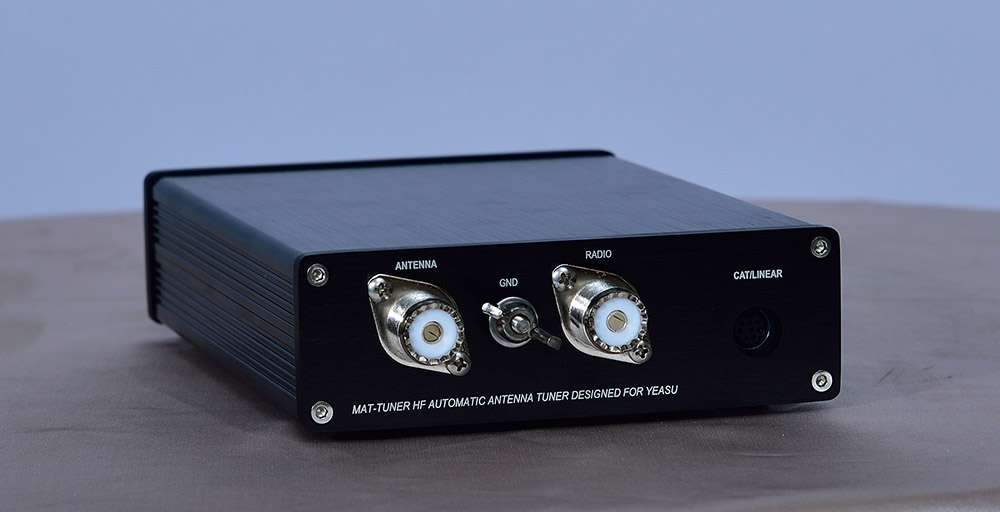

Without a matching system, in addition to reducing the power radiated by the antenna, the reflected (or "backlash") current can cause signal distortion and overheat transformer cores. Use with transmitters Īntenna tuners are used almost universally with solid-state transmitters. If the impedance seen by the transmitter departs from this design value due to improper tuning of the combined feedline and antenna, overheating of the transmitter's final stage, distortion, or loss of output power may occur. Transmitters are designed to feed power into a resistive load of a specific value: 50 Ω (Ohms), by modern convention.

In transmitting systems with an antenna distant from the transmitter and connected to it by a transmission line ( feedline), in addition to a matching unit where the feedline connects to the transmitter, there may be a second matching network (ATU) to bridge the transmission line impedance over to the antenna's feedpoint impedance, either as a separate unit mounted near the antenna, or as a configuration of extra metal segments incorporated into the antenna's feedpoint.Īntenna tuners are particularly important for use with transmitters. The system transmatch may be a circuit incorporated into the transmitter itself, a separate piece of equipment connected to the feedline anywhere between the transmitter and the antenna, or a combination of several of these. To avoid possible damage resulting from applying power into a mismatched load, and prevent self-protection circuits in the amplifier from cutting back the power output, matching networks are a standard part of almost all radio transmitting systems. In addition to reducing the power radiated by the antenna, an impedance mismatch can distort the signal, and in high power transmitters may overheat either the amplifier or the cores of transformers along the line. However the impedance of any antenna normally varies, depending on the frequency and other factors, and consequently changes the signal impedance that appears at the other end of the feedline, where the line connects to the transmitter. Transmitters are typically designed to feed power into a reactance-free, resistive load of a specific value: Essentially all radio transmitters built after the 1950s are designed for 50 Ω (Ohm) output. Īntenna tuners are particularly important for use with transmitters. English language technical jargon makes no distinction between the terms. Various alternate names are used for this device: antenna matching unit, impedance matching unit, matchbox, matching network, transmatch, antenna match, antenna tuning unit ( ATU), antenna coupler, feedline coupler. Its purpose is to optimize power transfer by matching the impedance of the radio to the signal impedance at the end of the feedline connecting the antenna to the transmitter.

Front view of a modified ‘ π’ type antenna tuner, with interior partially exposed.Īn antenna tuner is an electronic device inserted into the feedline between a radio transmitter and its antenna.


 0 kommentar(er)
0 kommentar(er)
